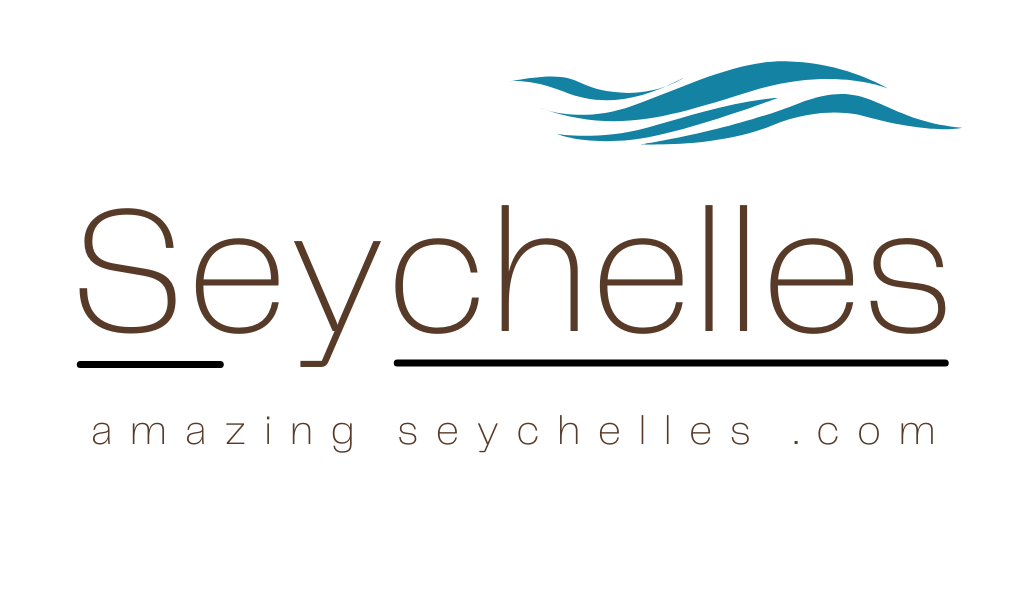Planning a vacation in the Seychelles next year but aren't sure where to go? After all, it's a big place! For your reference, those place of interest will hopefully make the decision a bit easier for you. Bird island Seychelles Located 28 miles away from Denis Island...
Seychelles Blog.
We intent to bring you updates on Seychelles travel offers provided by various travel partners around the world.
If you have a story on Seychelles, please share it with us.
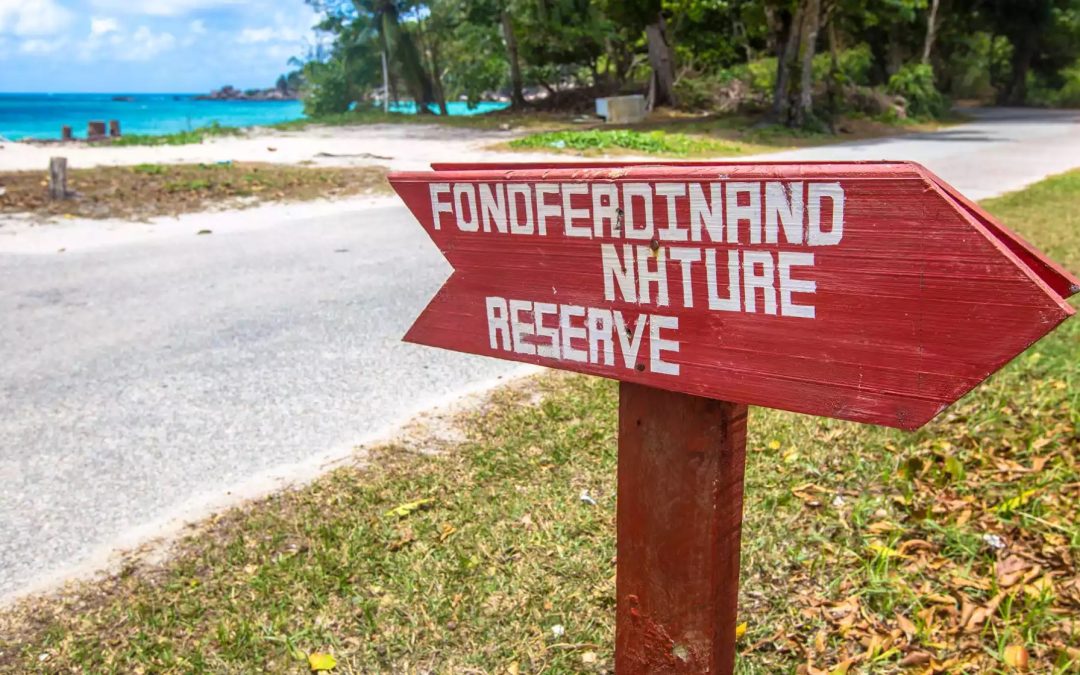
Fond Ferdinand Nature Reserve
Fond Ferdinand Nature Reserve
The Fond Ferdinand Nature Reserve which opened in 2013 is not yet widely-known, yet it is well-worth visiting when you are in Praslin. With an area of 122 hectares, Fond Ferdinand is more than six times larger than Vallée de Mai, and is even richer in terms of endemic plant and animal species, including roughly as many Coco de Mer palms as the Vallée de Mai.
The entrance fee here is much cheaper than at the Vallée de Mai, and a personal guide is always included. As there are no more tours after 13.00, visitors should arrive in the morning.

This reserve is more than six times larger than Vallée de Mai, and is even richer in terms of endemic plant and animal species, including roughly as many Coco de Mer palms as the Vallée de Mai. It will take two or three hours to get to the viewpoint through the winding path along the valley. From the viewpoint you can enjoy a beautiful view of Praslin island itself, as well as the other inner islands of the Seychelles. In one direction you can see Curieuse, Sister Island, Coco Island, Round Island, Felicité, and La Digue, while in the other direction you can spot Frégate, Mahé, and Silhouette. If the weather is clear, you may even be able to spot Denis Island on the horizon.
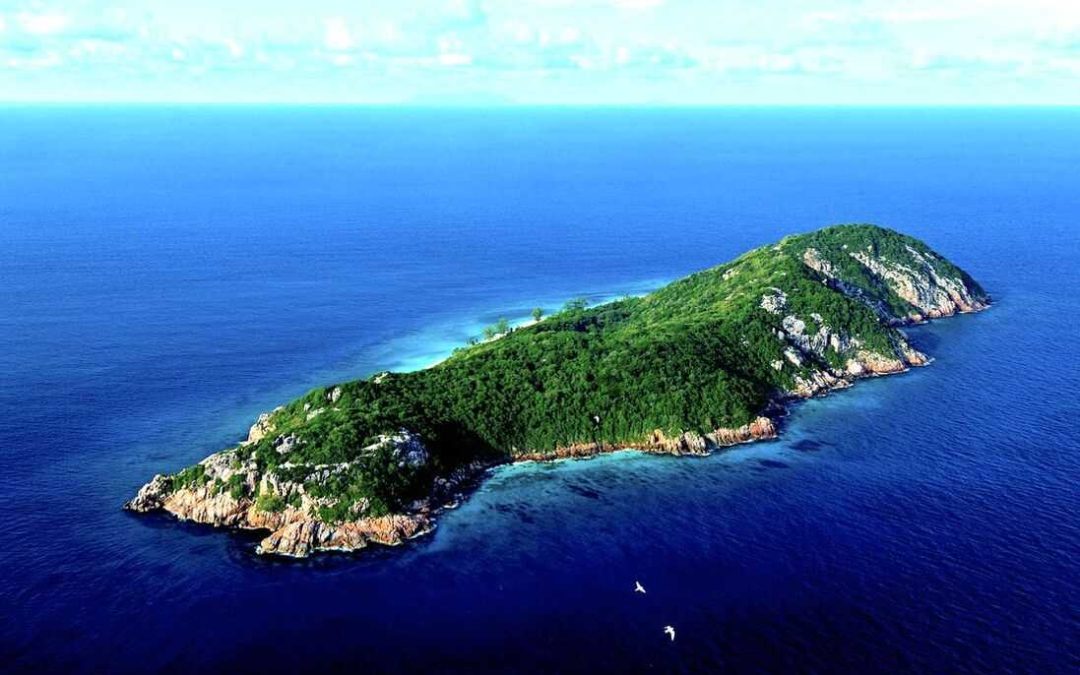
Aride Island Nature Reserve
Aride Island Nature Reserve
Aride Island Nature Reserve
A visit to Aride Island in Seychelles will show what the islands were like 250 years ago before human settlement. Aride is the northernmost island of the granitic Seychelles. It covers roughly 68 ha, is 1.6 km long and 0.6 km wide. Aride hosts one of the most important seabird populations in the Indian Ocean with more breeding species than any other island in Seychelles. The island is managed as a nature reserve by Island Conservation Society of Seychelles. The only human inhabitants in the island are the reserve’s staff, including the Island Manager, Conservation Officer and rangers.
The guided two-kilometre tour starts at the house of the former island owner and takes about two hours.
The island is covered by lush vegetation consisting of coconut palms as well as broadleaf trees, guavas, bananas, oranges, papayas, aubergines, ginger, turmeric, and chillies. The highly fragrant Wright’s gardenia is an endemic plant species which grows up to 6 m high and is decorated with red and white calyx. Because of their small, lemon-shaped fruits the locals gave them the name “bwa sitron”.
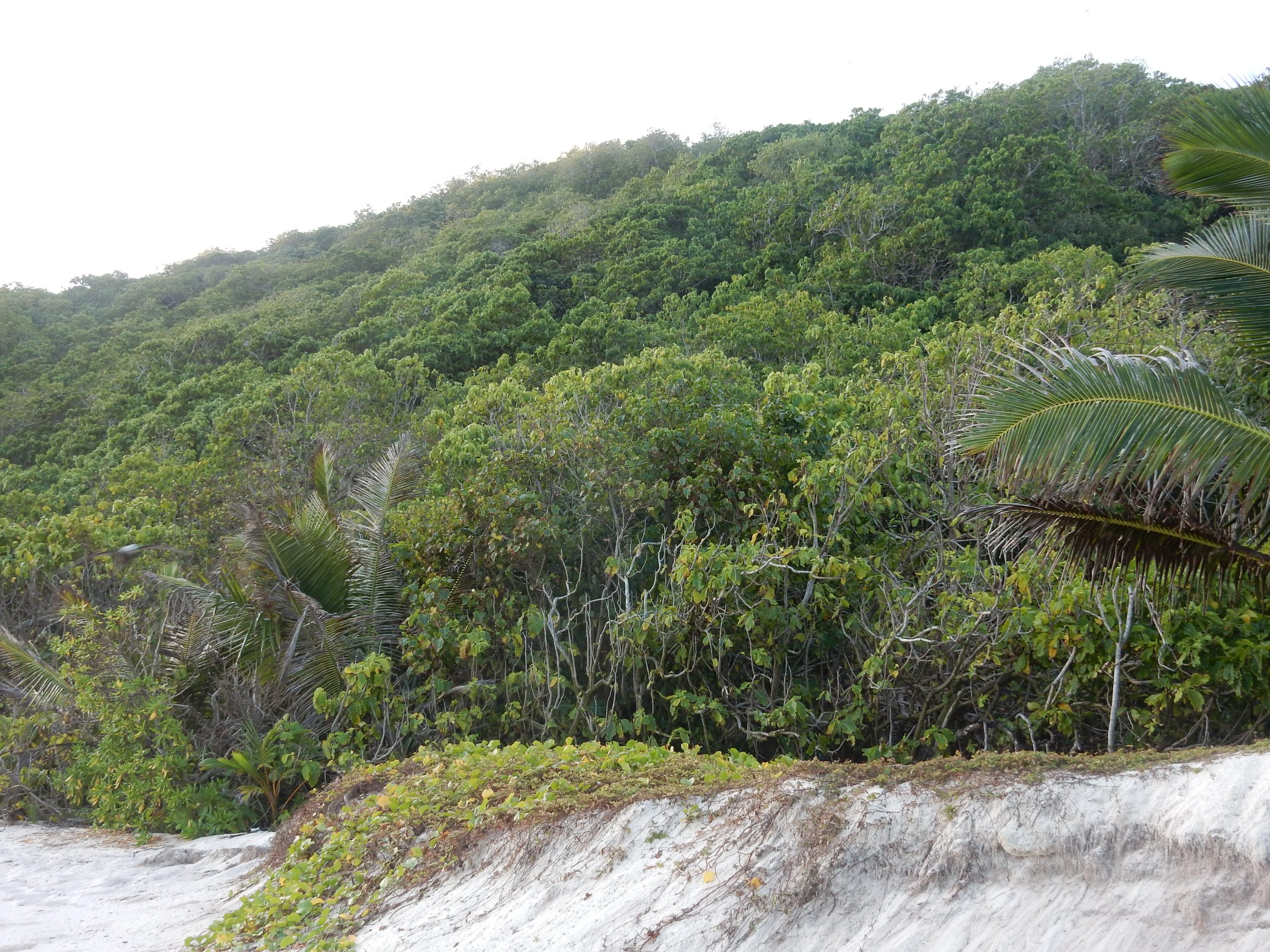
Island Conservation Society acquired the lease of the island in 2004, when the freehold was passed from Royal Society of Wildlife Trusts to Island Conservation Society UK. Island Conservation Society is a Seychelles NGO operating conservation centres throughout the islands.
Aride holds more seabird species than any other Seychelles island. The island has ten breeding species. Two of the bird species were formerly considered critically endangered by IUCN and conservation work on Aride has helped to secure their future. Reptiles include one of the highest population densities of lizards in the world. In every hectare there are over 2,700 Seychelles Skinks (lizards) and 1,100 Wright’s Skinks, plus five other lizard species, a snake, a terrapin and a giant tortoise.
Poaching leads to declining populations of most seabirds in Seychelles. Poaching comes during the Sooty Tern egg season, from late May to July, when boats visit mainly from Praslin to collect eggs and adult birds. Shearwaters are also a target; sacks of birds are often taken, their wings snapped off. The poaching of octopus and harvesting of sea cucumbers from within the reserve boundary is also problematic.
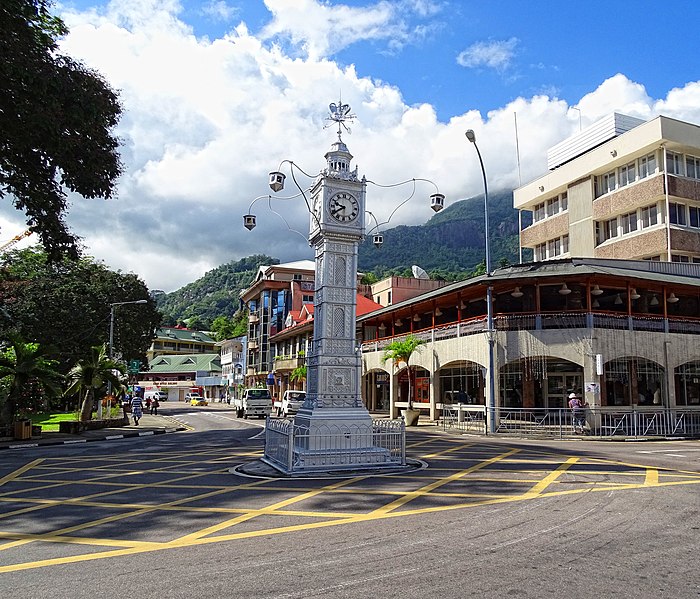
Victoria, Seychelles
Victoria Clock tower
Victoria is the capital and largest city of the Republic of the Seychelles.
The principal exports of Victoria are vanilla, coconuts, coconut oil, fish and guano. Guano is the accumulated excrement of seabirds and bats. As a manure, guano is a highly effective fertilizer due to its content of nitrogen, phosphate, and potassium. Guano was also, to a lesser extent, sought for the production of gunpowder and other explosive materials.
The Mont Fleuri campus of the University of Seychelles is in Victoria. There are two cathedrals in Victoria, Roman Catholic Immaculate Conception Cathedral and Anglican St Paul’s Cathedral. There are also Baptist and Pentecostal churches, mosques and Hindu temples.

Seychelles International Airport is located in Victoria. The inner harbor in the east of the town serves the tuna fishing and canning industry. There is a clock tower in the city which is modeled after Little Ben in London.
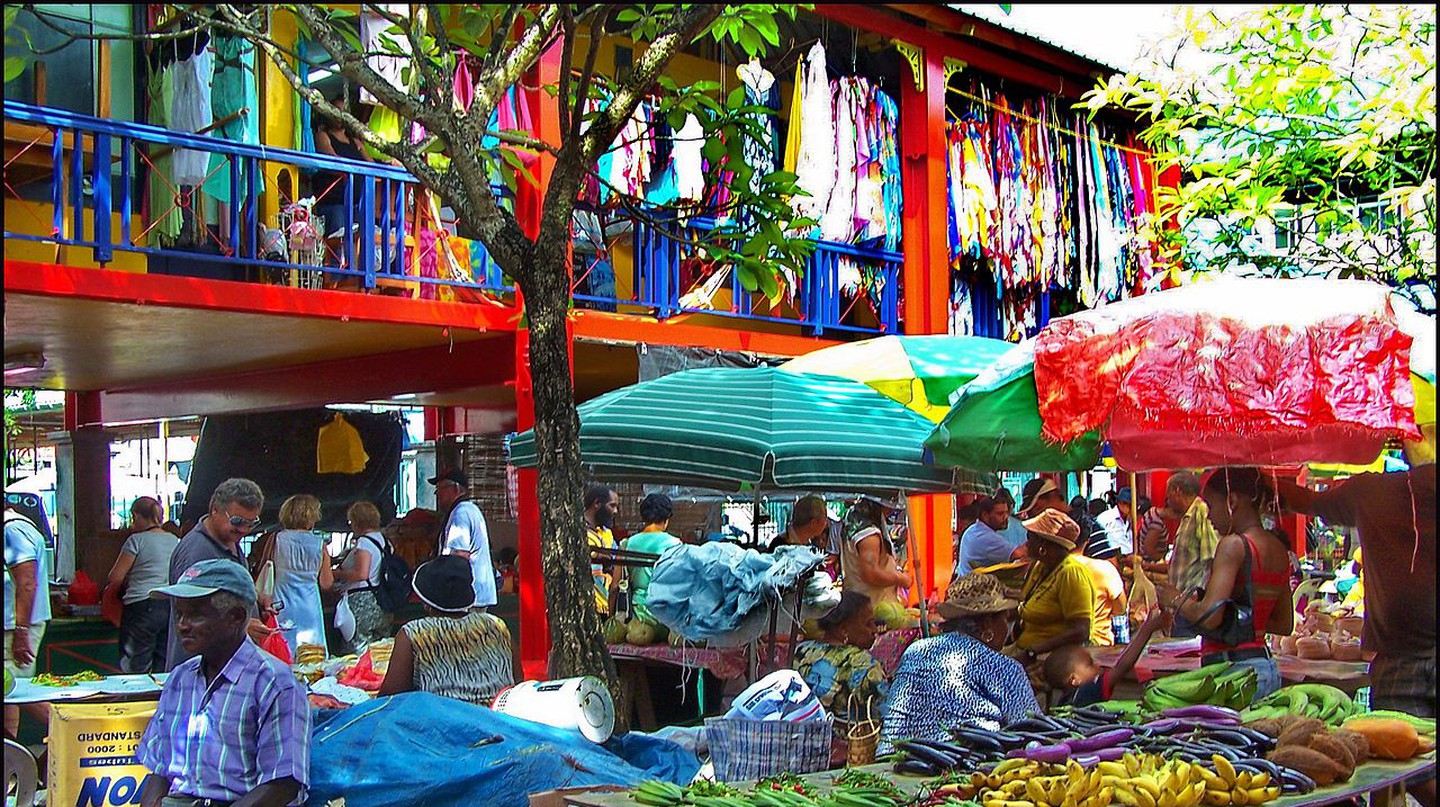
Victoria market is the heart of the capital. It was built in 1840 and renovated in 1999. People buy local fruits, vegetables, spices and fish from this market.
To the north of the market is Revolution Avenue, where more snack restaurants, travel agencies, and a large supermarket are found.
To the south of Victoria is Eden Island, which is a more up-market residential area, offering contemporary design, luxury villas, elegant bars and restaurants, a marina, and a shopping centre.
One of the most visited attractions in Victoria is the colorful Hindu temple at Quincy Street.
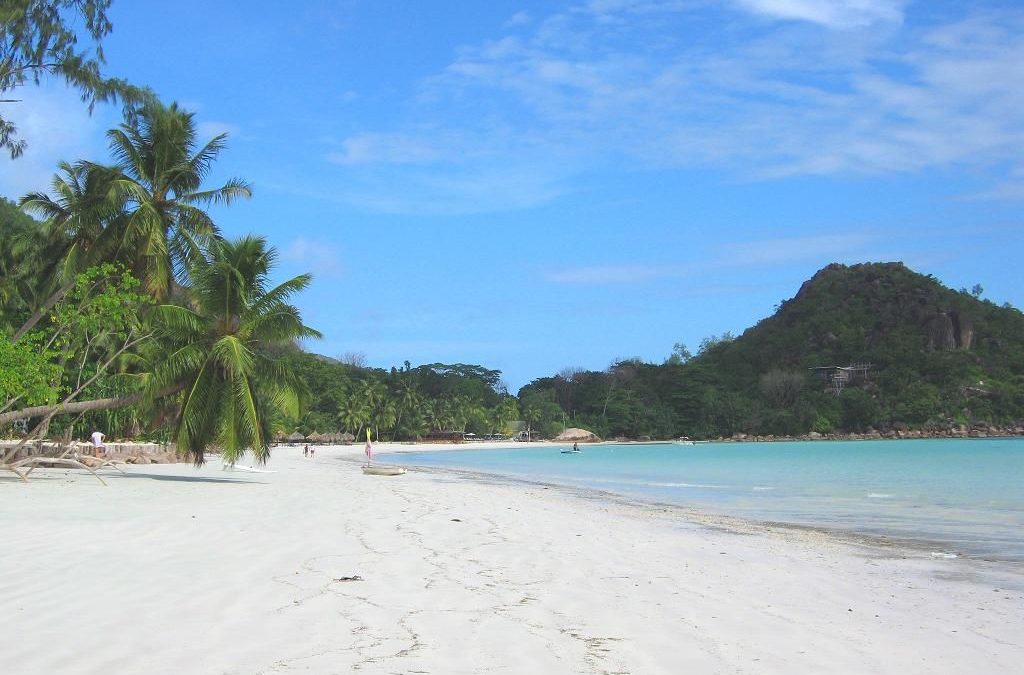
Seychelles – Anse Volbert
Anse Volbert
Anse Volbert (also known as Côte d’Or) is one of the island’s most popular beaches in Praslin. The calm waters are suitable for swimming with small children. Sun-seekers and snorkelers visit this beach which is not crowded. A visitor can enjoy surfing, windsurfing, scuba diving, fishing, and sailing, with plenty of rentals and excursions available. This is one of the main resort areas. There are hotels and restaurants lining the beach. There are parking spaces all over the adjacent road, and the bus also stops along this beach.
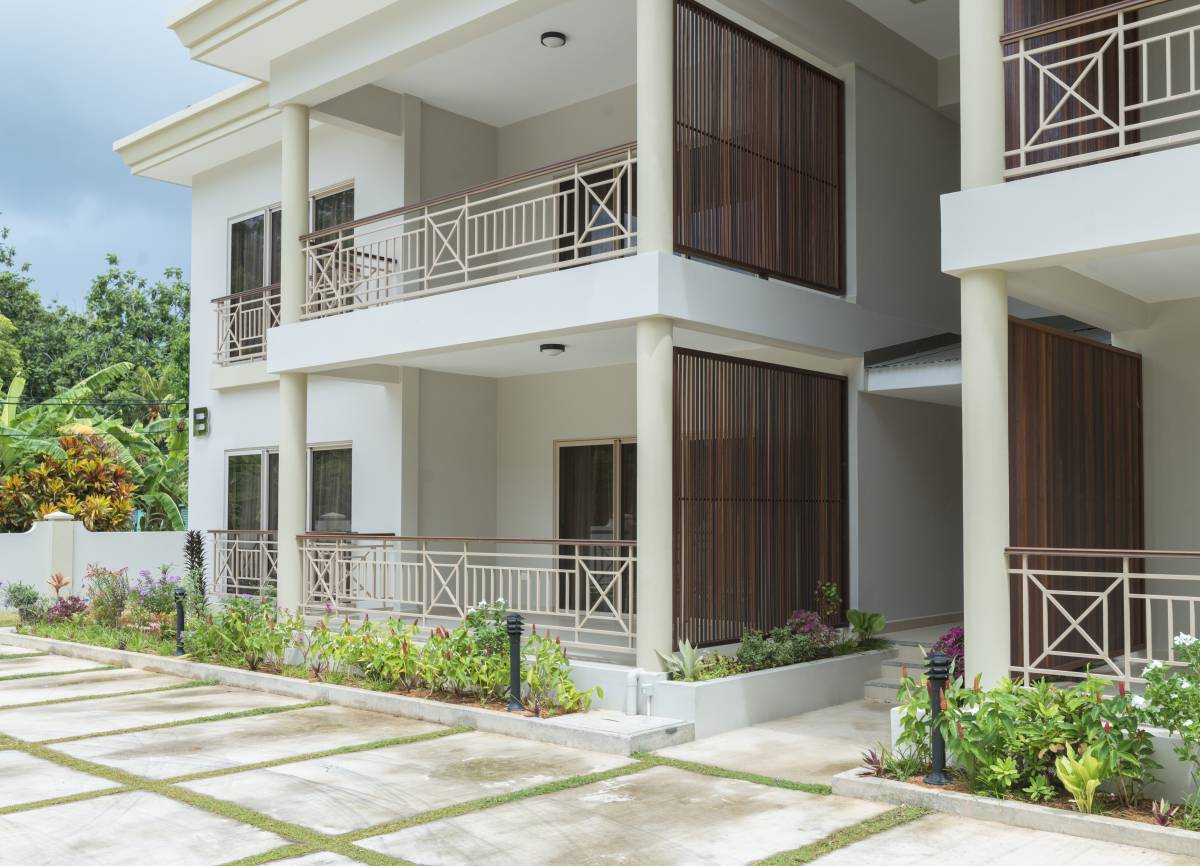
One can visit the shore at any time, free of charge. More information on this beach can be found on Seychelles Tourism Board’s Anse Volbert page.
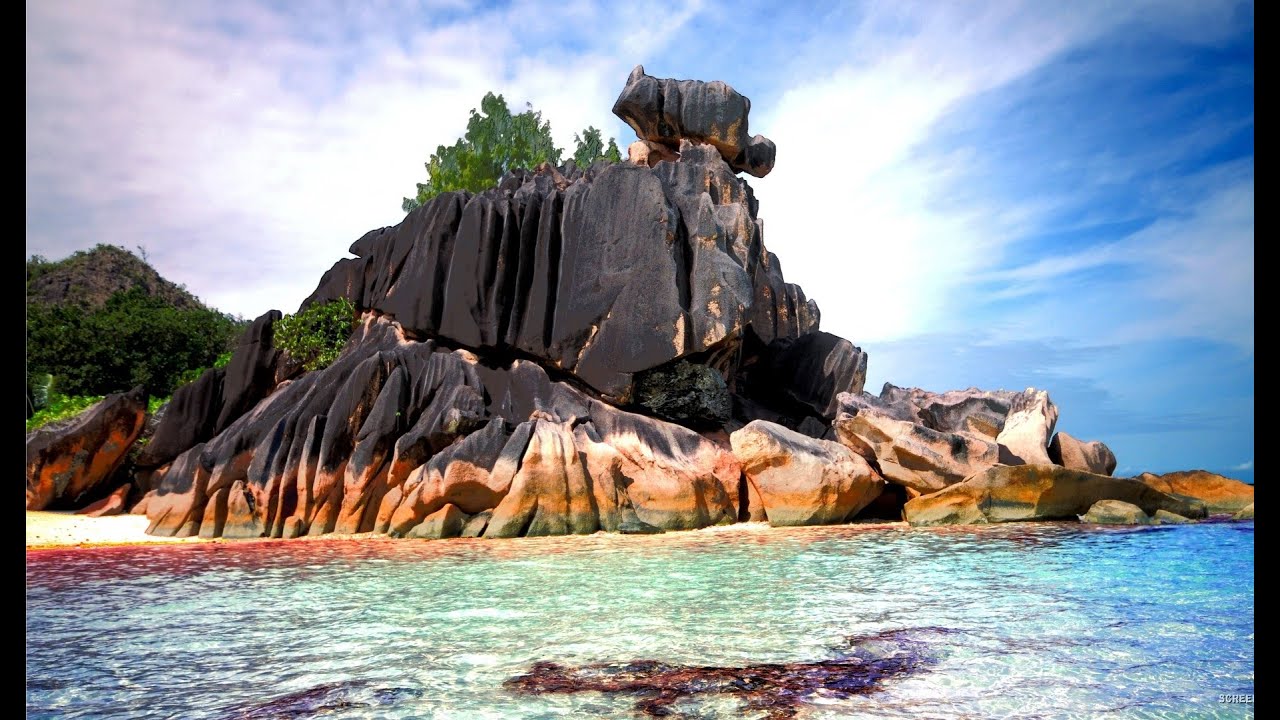
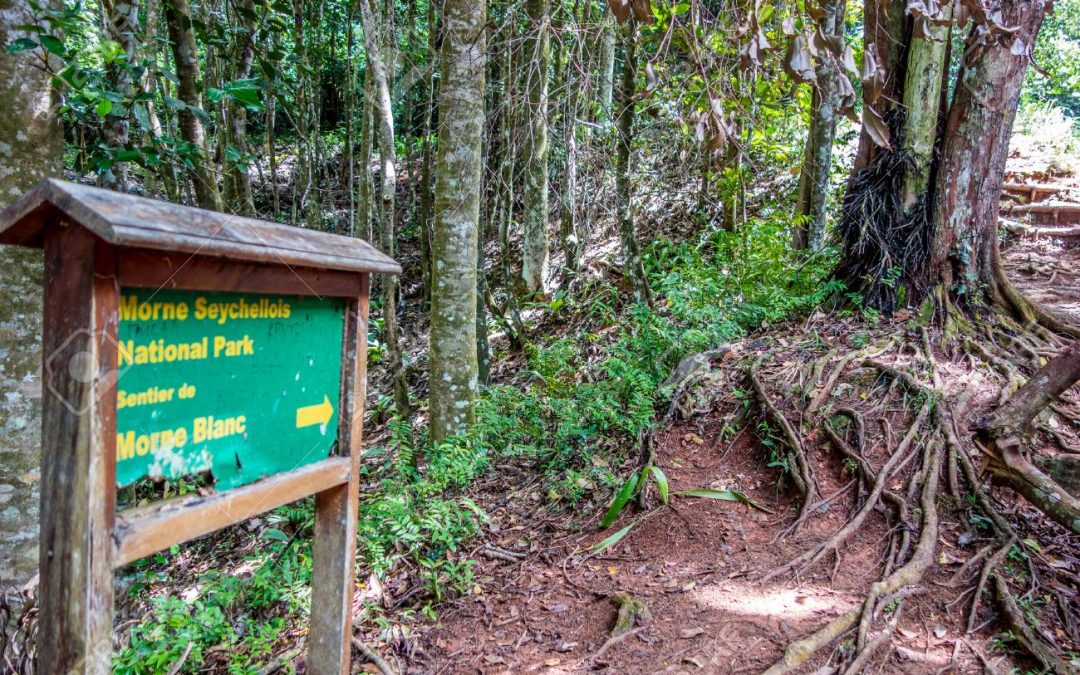
Morne Seychellois National Park
Morne Seychellois National Park
Nature lovers and hikers will enjoy the Morne Seychellois National Park. The park covers more than 20% of the landmass in Mahé. It consists of a mixture of mangroves, lush tropical jungles and tall mountains. The park is bordered by the Morne Seychellois mountain chain. The mountain rises to a height of 905 meters. Experienced hikers can climb to the top of the mountain.
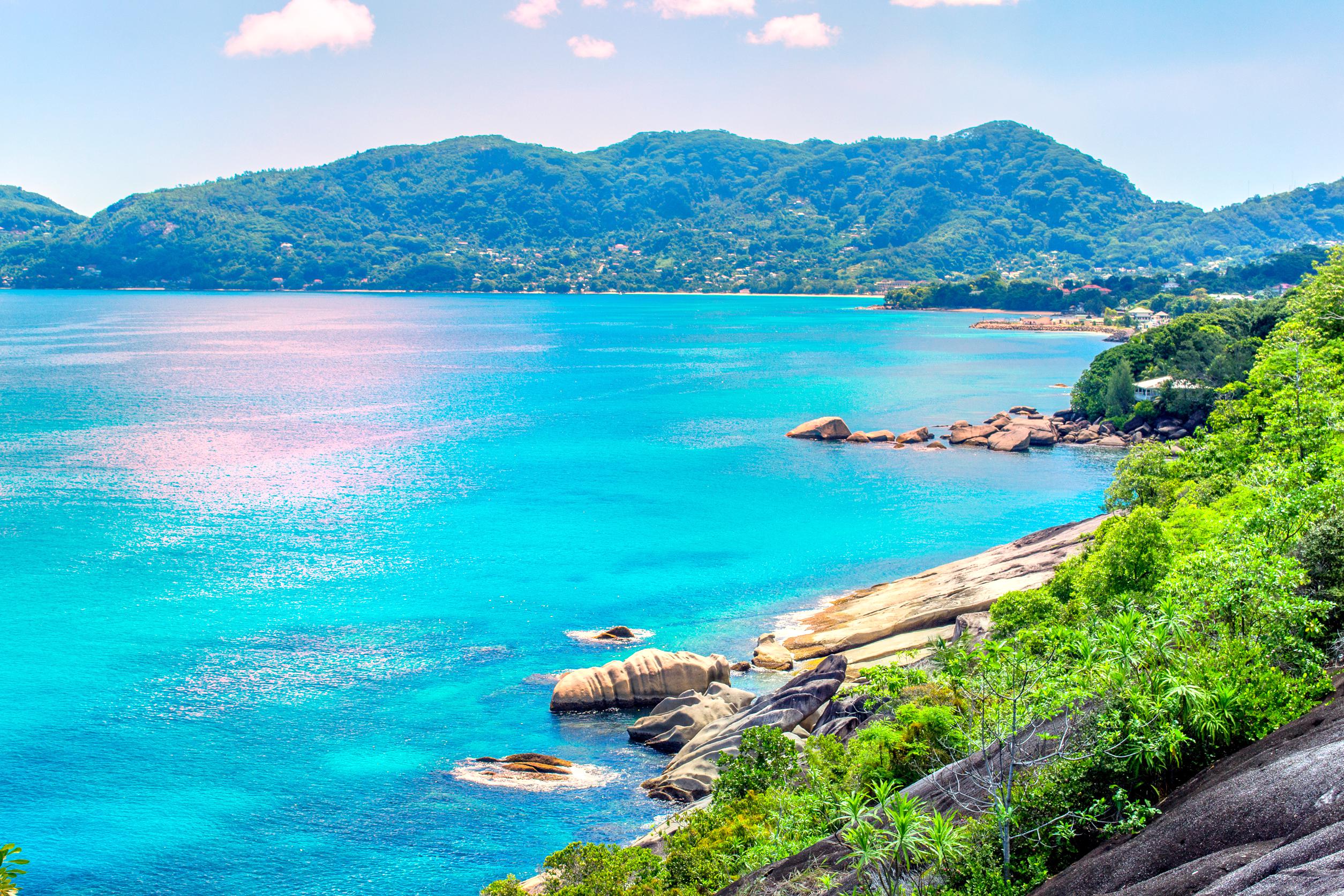
The park stands on the heights of the 32 mountains. There are dense forests on the island. There is a viewing platform on the top of the mountain, from which one can see the beauty of the entire Mahé Island.
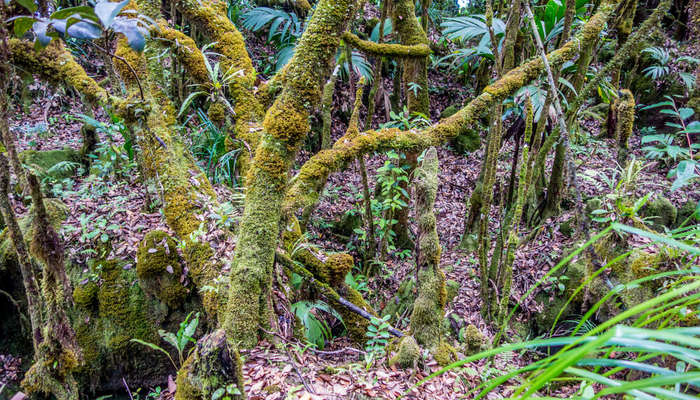
The National Park is home to several species of birds, including the Seychelles scops-owl, bulbul, and sunbird. Wild plants include endemic palms, pitcher plants, and ferns.
Sponsored ad.
